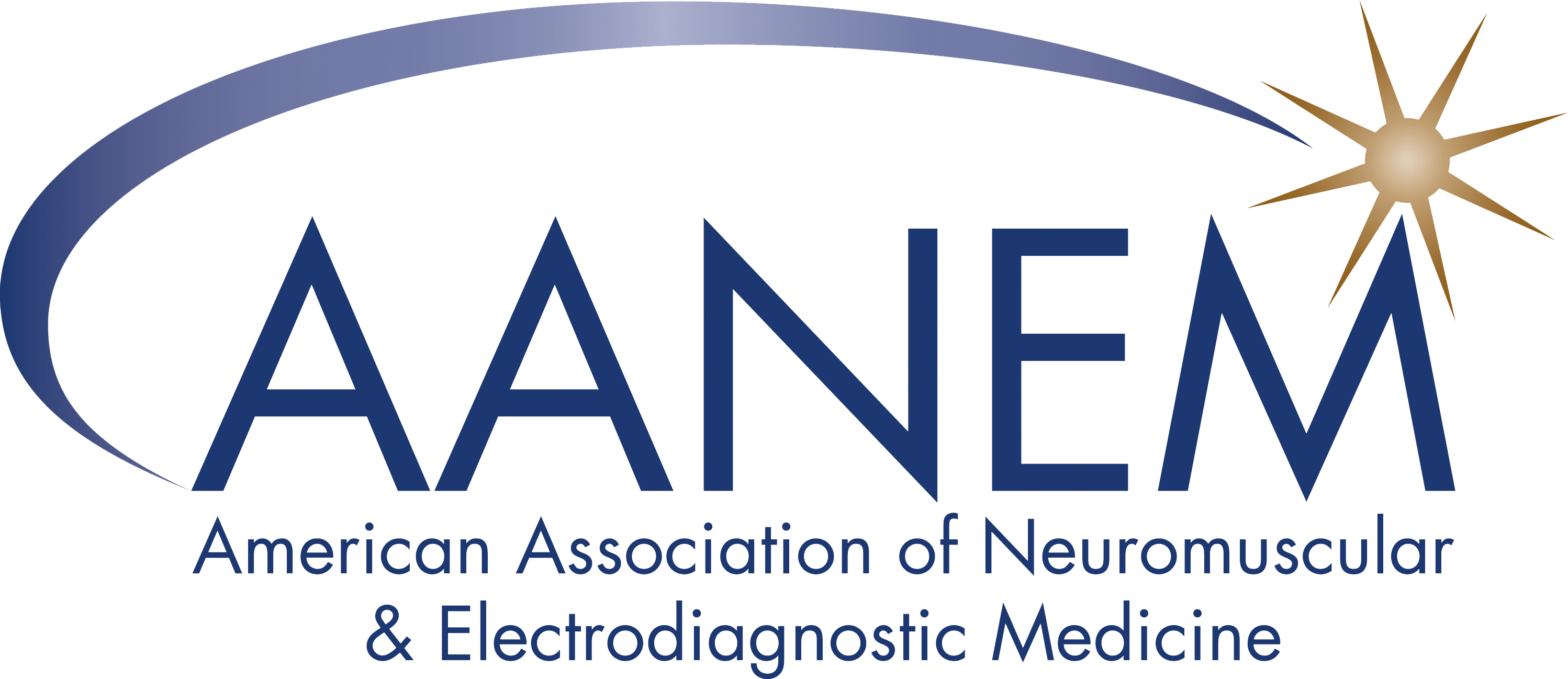Science News: Serial Nerve Conduction Studies in Guillain-Barré Syndrome: Its Usefulness and Precise Timing
Published March 11, 2025
Science News
Submitted by: Eman Tawfik, MD
Edited by: Rebecca O'Bryan, MD
Citation: Lee HS, Suh BC, Kim JK, et al. Serial nerve conduction studies in Guillain-Barré syndrome: Its usefulness and precise timing. J Clin Neurophysiol. 2024;41(3):278-284. doi:10.1097/WNP.0000000000000985
Summary: This multicenter retrospective study aimed to assess the usefulness of serial nerve conduction studies in patients with Guillain-Barré syndrome (GBS) who undergo nerve conduction studies (NCS) at an early stage.
The authors reviewed the data of GBS patients who were admitted to nine tertiary university-based hospitals in Korea over 9 years from January 2011 to December 2020. They included patients with early GBS who underwent their first NCS within 10 days of symptom onset and underwent two consecutive follow-up NCSs within 3 weeks (early followed NCS, EFN) and at 3-10 weeks (late-followed NCS, LFN) after symptom onset. Patients with Miller–Fisher syndrome or those eventually diagnosed with acute-onset chronic inflammatory demyelinating polyradiculoneuropathy were excluded.
The results of each NCS were classified into five subtypes of GBS according to two classification criteria: Hadden’s and Rajabally’s criteria as follows: 1) normal study, 2) acute inflammatory demyelinating polyneuropathy (AIDP), 3) acute motor axonal neuropathy (AMAN), 4) inexcitable study, and 5) equivocal study. Further the authors analyzed the change in the GBS during follow-up.
The data of 60 patients were analyzed. In the first NCS, According to Hadden’s classification, the predominant subtype was AIDP (43.3 %), followed by unequivocal subtype (31.7%) then normal study subtype (20%) while only 3.3 % of patients were classified as having AMAN. On the other hand, the predominant subtype was equivocal study (31.7%), followed by AMAN (28.3%) then AIDP (23.3%), while 15% of the patients had a normal study. One patient was classified as having an inexcitable study based on both criteria. During the follow-up visits, 38.3% of the patients showed significant subtype change according to Hadden’s criteria while 53.3% showed subtype change according to Rajabally’s criteria. The subtype shift was more predominant in the early period (3 weeks) compared to the late period (3-10 weeks). At the early period, 8 patients changed from equivocal to AIDP or AMAN, 7 patients changed from normal study to other subtypes, 4 patients with AIDP changed to equivocal. On the other hand, 5 patients who were classified as having an equivocal study according to Rajabally’s criteria changed to AIDP or AMAN, 4 patients changed from normal to another subtype, and 1 patient with AIDP changed to AMAN. The one patient with an inexcitable study changed to AIDP at the 3rd week.
Based on the results, the authors suggested that the best time to repeat the NCS in patients with GBS is at 3 weeks from the symptom onset because the change in the subtype from normal or equivocal to AIDP or AMAN occurred in the early stage in a substantial percentage of the patients.
Comments: The article is a simple clinical study which addresses a common type of polyneuropathy. Its methodology is clear and well-defined. However, using two criteria for GBS classification makes the results somewhat confusing to the reader. The limitation of the study includes its retrospective nature, and the lack of an EMG study which could have been of help in the assessment of the axonal subtype. Prospective study investigating the impact of serial NCS at the 3rd week on the diagnosis and management of GBS patents is needed. It highlights the importance of serial NCS in patients with GBS especially those with normal or equivocal NCS and suggests the best time frame for repeating the NCS in those patients.
Articles of similar interest:
- Rath J, Schober B, Zulehner G, et al. Nerve conduction studies in Guillain-Barré syndrome: Influence of timing and value of repeated measurements. J Neurol Sci. 2021;420:117267. doi:10.1016/j.jns.2020.117267
- Grapperon AM, Berro M, Salort-Campana E, Verschueren A, Delmont E, Attarian S. Guillain-Barré syndrome subtypes: A clinical electrophysiological study of 100 patients. Rev Neurol (Paris). 2019;175(1-2):73-80. doi:10.1016/j.neurol.2018.01.379
